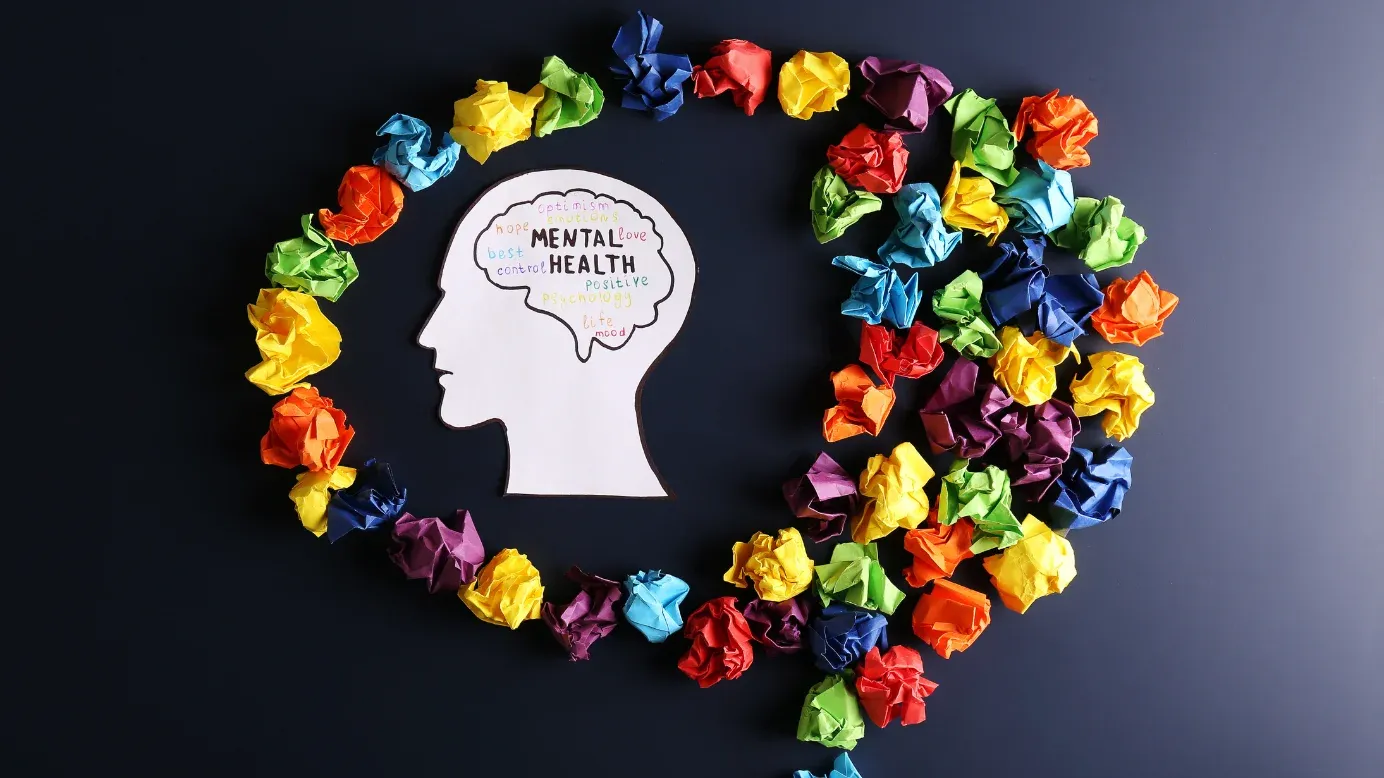World Mental Health Day, observe on October 10th each year, serves as a reminder of the importance of maintaining our mental well-being. Stress tends to accumulate as we grow older, but there are many ways to improve our emotional state.
One such way is through art. Psychiatrist Dr. Frank Clark explains that art can boost your mood. He discover this while studying to become a psychiatrist in medical school, where he decide to write his first poem.
“Everything that going on in my mind, everything I feeling, I could now put on paper through my talking pen,” he recalls, reflecting on his thoughts at the time.
Struggling with Depression
Struggling with depression, he lean on various methods to combat it, including running, therapy, medication, and his own beliefs. “I need to find something else to fill the void,” he said.
As it turns out, poetry the missing piece in his “health puzzle.” “I saw an improvement in my mood,” says Dr. Clark, who now treats patients in Greer, South Carolina, USA. “It provide me with another way out.”
The concept that art can enhance mental well-being is intuitively understood by many. However, it is often overlook, especially when we have drift away from childhood activities like dancing, creative writing, drawing, and singing that once brought us joy.
Nonetheless, there is “strong evidence” indicating that creating art, as well as activities such as attending concerts or visiting museums, can benefit mental health, says Jill Sonke, Director of the Center for Arts in Medicine at the University of Florida.
Three Drawing Technique
Dr. James S. Gordon, a psychiatrist and founder of The Center for Mind-Body Medicine, pioneer something call the “three drawing technique,” which is feature in his new book, ‘Your Brain On Art: How The Arts Transform Us.’
“In my experience, art like this is more than just words in helping us understand what’s happening within us and what we need to do about it,” says Dr. Gordon in the book.
You don’t need to be an artist; stick figures will do. Start by quickly drawing yourself; don’t overthink it. The second drawing should depict your biggest problem. The third drawing will show you after your issue has been resolved.
This exercise is meant to encourage self-discovery and help individuals take charge of their own healing. You can do it with or without a therapist, says Susan Magsamen, Assistant Professor of Neurology at Johns Hopkins University School of Medicine and her colleagues.
Coloring Something Complex
If you’re one of the many who’ve turned to adult coloring books, it’s no surprise that research indicates this activity can help alleviate anxiety. Coloring within intricate lines, such as complex geometric patterns, seems to be especially effective.
One study assessed college students, and another evaluated older adults, finding that spending 20 minutes coloring mandalas (complex geometric designs) more effective at reducing anxiety than coloring freely formed shapes in the same timeframe.
Susan Albers, a clinical psychologist at the Cleveland Clinic and author of “50 Ways to Soothe Yourself Without Food,” describes coloring as a “mini mental vacation.” Focusing on the paper’s texture and choosing your preferred colors makes it easier to eliminate distractions and stay in the moment, she says.
“It’s a great form of meditation for people who hate meditation.”
The Therapeutic Power of Art
Engaging in artistic activities can serve as a powerful tool for enhancing mental health and overall well-being. Whether through poetry, drawing, or coloring, expressing oneself artistically can provide a sense of release, mindfulness, and emotional clarity. As the world observes World Mental Health Day, considering these creative outlets can contribute to a healthier mental state and reduce the stigma surrounding mental health issues.
